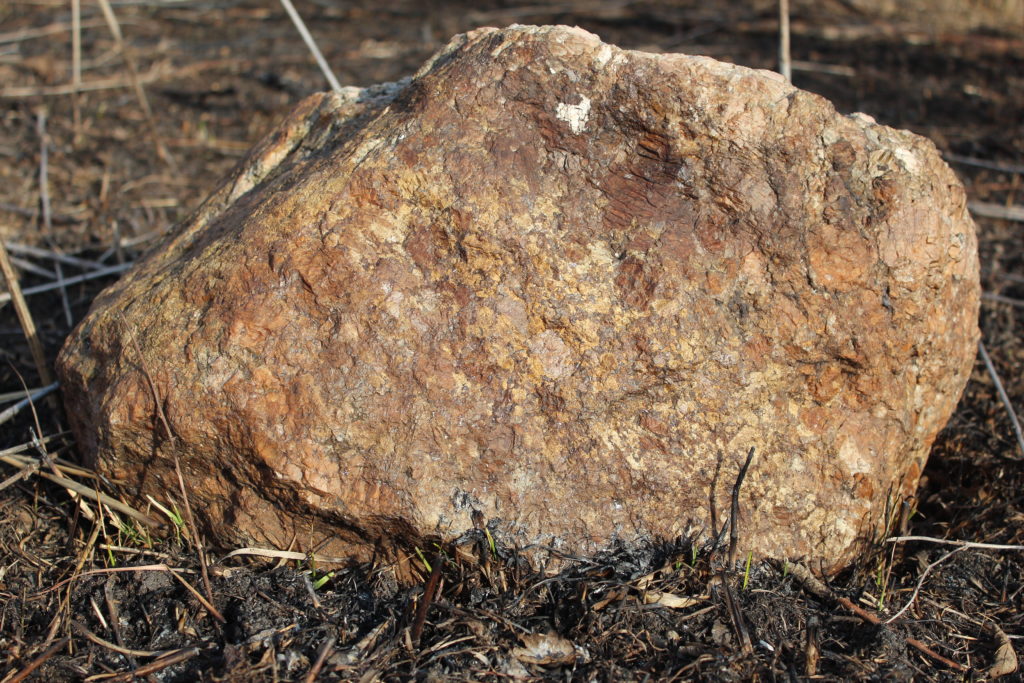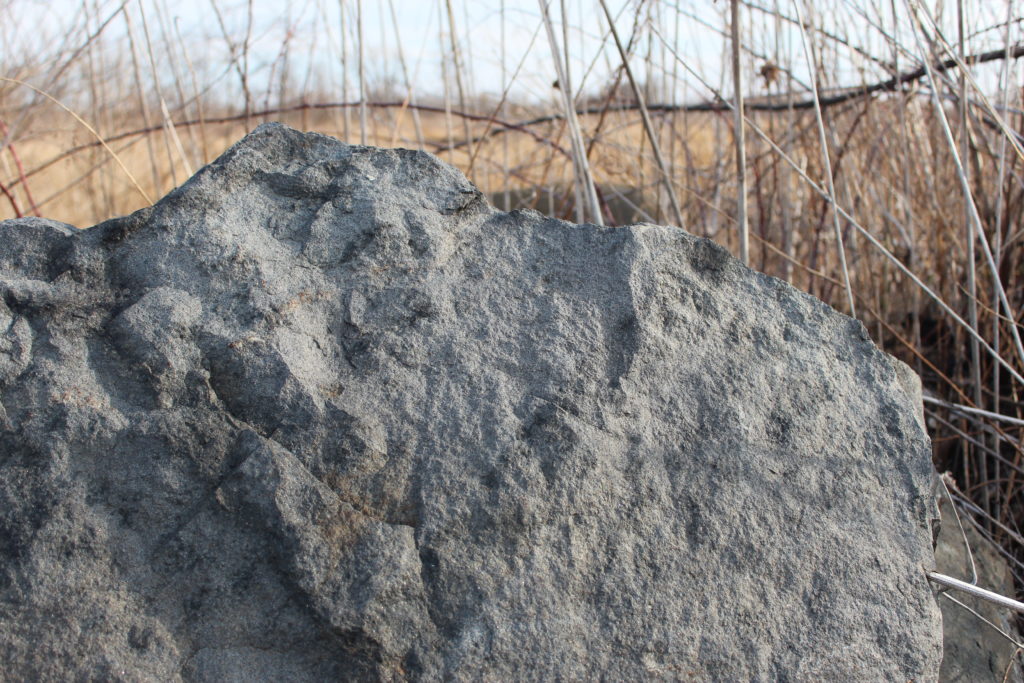Now on display for a short time only at Midewin: the embodiment of Robert Frost’s poem:
Some say the world will end in fire,
Some say in ice.
From what I’ve tasted of desire
I hold with those who favor fire.
But if it had to perish twice,
I think I know enough of hate
To say that for destruction ice
Is also great
And would suffice.
Let’s start with fire. Spring is the time for burning at Midewin National Tallgrass Prairie. It may seem counter-intuitive, even a little crazy, to set fire to a place we’re trying to restore. But prairie is a disturbance-dependent natural community. It requires periodic disturbances — namely fire — to maintain its health. To keep trees and shrubs from invading. To recycle nutrients back to the soil. To clear thatch so certain kinds of plant species and bird species may thrive.

Fire used to occur naturally on the prairie — set by lightning strikes. There is ample evidence that Native American cultures also set fire to the prairie — to stimulate fresh, tender plant growth, to attract game. Or to use fire to corral game. Over time, we had to suppress fire for obvious reasons — to protect our communities. Today, we use controlled burns, to safely harness the healthy, restorative power of fire. At Midewin, we are in particularly safe hands. Controlled burns are conducted by the Hotshot Crew — the same guys who fight forest fires out west. These guys know fire. These guys are experts. They do a great job.

If you visit Midewin today, you’ll see large swaths of charred land. Don’t be alarmed. That’s a good thing. Fire burns off the dead plant material above ground. But prairie plants are specially adapted to fire — they have extensive root systems, some extending 15 feet deep into the soil. Look closely, and already you’ll see those safely-embedded roots sending green shoots springing up out of the earth.

Look closely and you’ll see another benefit of fire — burning away the thatch reveals lots of rocks, which leads us to the ice part of our story. Glaciers once covered Midewin and much of the Great Lakes basin in ice more than a mile thick. About 14,000 years ago, the last of several glaciers retreated. Among the evidence they left are glacial erratics — rocks that ain’t from around here.

Our native rocks tend to be sedimentary, which means they formed by sedimentation and cementation. In other words, organic material — shells, plants and animals — settled in the bottom of lakes, rivers and ancient salt seas. Over aeons, in various ways, they hardened into rock, including shale, sandstone, limestone and dolomite — a rare kind of limestone found in relative abundance at Midewin, which in turn supports a rare kind of prairie.

On the other hand, glacial erratics are rocks scoured out of the earth’s crust in Canada and northern states by the conveyor belt-like action of glaciers. As the glaciers melted, boulders big and small were left behind. They are very different kinds of rocks. Some, like granite, are called igneous — they were born of “hot molten rock, called magma, that comes from deep within the Earth.” Some are called gneiss — high temperature and high pressure versions of igneous and sedimentary rocks.

So, there you have it. Rock born of fire. Carried here by ice. Revealed by more fire. Like Robert Frost, if I had to choose which way the world should end — fire or ice — I suppose either (pun alert) would be gneiss. Either way, until then I’m just grateful for the chance to relish the beauty of the glacial boulders, on full display for a short time only — until the reemerging prairie grasses and flowers re-envelop and shield them from our view until the next restorative burn.
If you’re a rock hound and you can’t make it out to Midewin within the next couple of weeks, don’t sweat it. Midewin’s biggest erratic is on view 24-7, year-round, along the West Side Trail near where it crosses Explosives Road.

Your pun alert had me running – to the dictionary. As I’m not up on my rock terms (unless it’s rock music) I had to dig up the definition of gneiss: a metamorphic rock with a banded or foliated structure, typically coarse-grained and consisting mainly of feldspar, quartz, and mica.
Thanks for adding a new word to my cocktail party conversation. Maybe I can slip in “feldspar” too…
You’re welcome, Tim. Hope you get a chance to check out some of the gneiss rocks in person — they’re a little harder to find among the explosion of native grasses and wildflowers, but you can still find more than a few along the trail that winds though South Patrol Road Prairie. Good luck. Have fun.